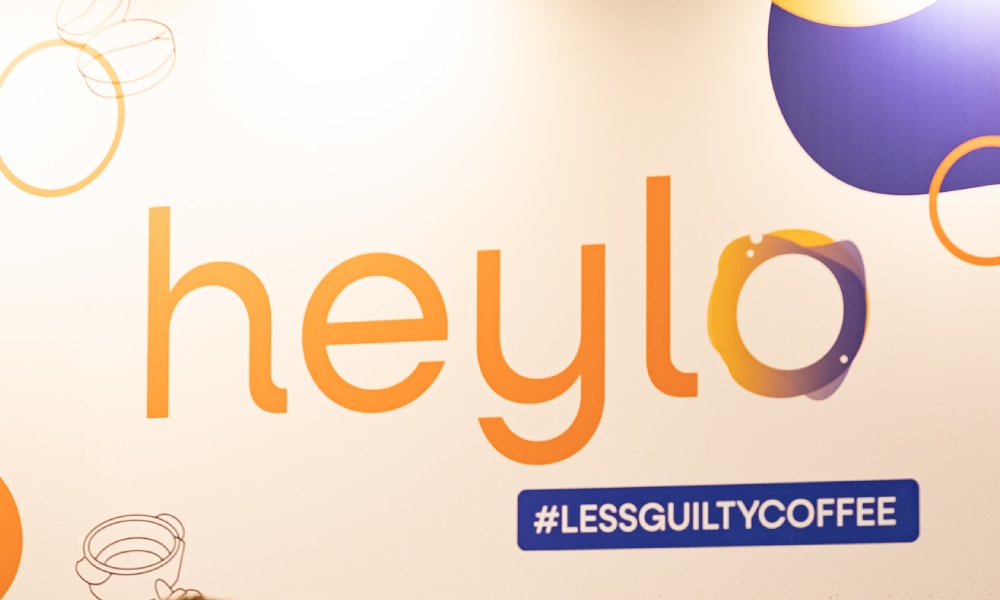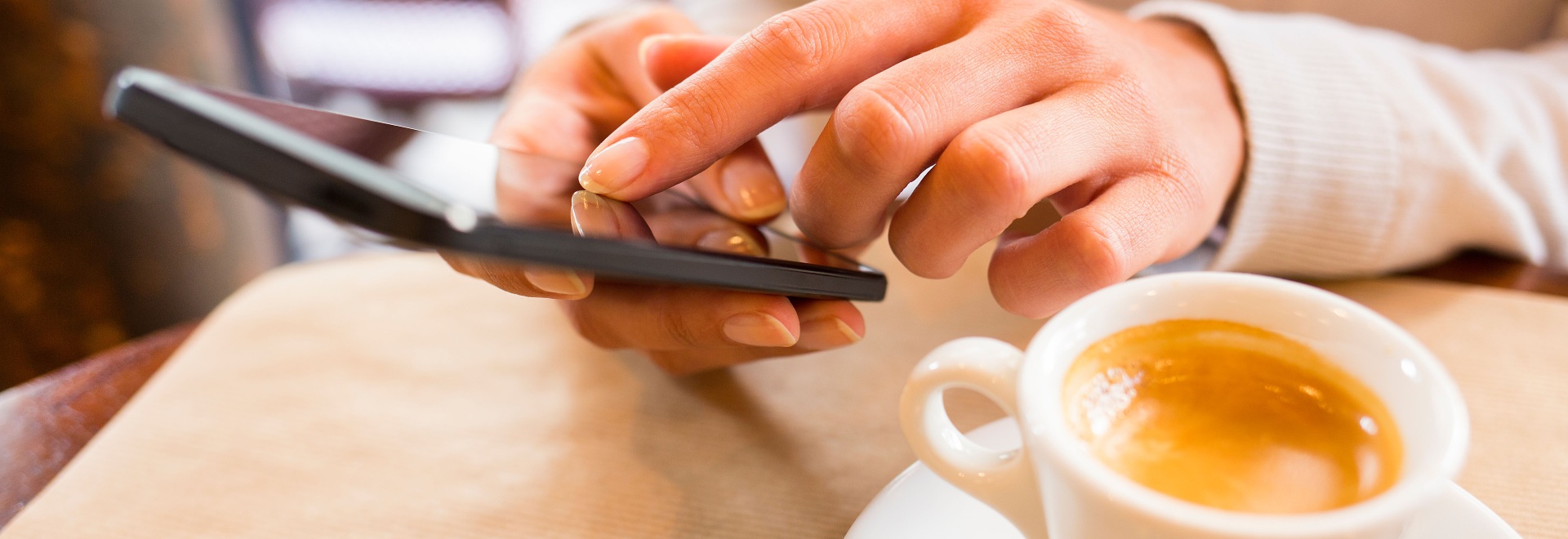How simple tech is driving big developments in coffee education
Diana Zuluaga of Heylo Coffee and Rafael Maggion of Barcelona Coffee Guide speak to Jess Palmer about how they are utilising technology to help coffee consumers make more informed choices.
“The need to know more about the products they are consuming – be it for their health or the health of the planet – is gaining momentum,” says Rafael Maggion, founder of Barcelona (BCN) Coffee Guide. He is, above all, referring to the growing trend among consumers to learn more about a product before making a purchase.
Since the outbreak of Covid-19 and the opportunity it presented for people to reflect, figures show that coffee consumers have become more engaged, aware, and eager to learn about the coffee supply chain.
A recent report by management consultancy firm Accenture found that consumers “have dramatically evolved”, with 60% claiming to make more eco-friendly or ethical purchases than before the pandemic.
Coinciding with this thirst for knowledge are rapid developments in and more widespread access to communication technology.
As such, both Rafael and Diana Zuluaga, who works as marketing manager at Heylo Coffee, have come to rely on technology to reach and educate coffee consumers.
But why is education so important?
“Despite being one of the most consumed products in the world, people still don’t know a great deal about coffee,” Rafael explains. “Knowing those details is extremely important to companies and consumers. Not only to better promote products but also to ensure fairer conditions for those in the most fragile part of the supply chain – the producer.”
Diana agrees that educating consumers is vital for safeguarding the future of the industry.
“Education is one of Heylo’s brand pillars,” she says. “Because we believe that if we have better-informed consumers, they will demand better industry solutions.”
As such, Diana believes that education can have a positive impact on the entire supply chain.

Keeping it simple
Technology, such as data-logging, blockchain, and location-tagging, can make the entire journey from bean to cup more transparent and traceable.
However, when it comes to educating coffee consumers and professionals, it is simple, everyday technology that has the most power to inform and transform.
Online training platforms like Caffeina Online sprung up during the pandemic when in-person training was impossible.
Today, it continues to play a vital role in making formal coffee education more accessible.
But learning can also take place in a much more organic way: both Diana and Rafael are utilising mainstream technology and modes of communication to reach new audiences.
Rafael explains that technology such as WhatsApp and other SAAS solutions have also made it more cost-effective to share information with coffee lovers.
BCN Coffee Guide itself simply uses an interactive map embedded into a website to show where consumers can find the best specialty coffee in Barcelona. By clicking on each coffee shop, users can find out details, including the wholesale coffee supplier and whether it stocks plant-based milks.
Similarly, Heylo’s Less Guilty Coffee Map is a soon-to-be-launched interactive tool that will help conscientious consumers make more informed purchasing decisions. The map is feature-packed and succinctly relays information regarding companies’ coffee credentials, from environmental impact to community cohesion.
While this is a completely new concept, Diana is keen to point out that the technology behind it is actually not that ground-breaking.
“When we were talking to the developer about this project he essentially said, ‘Don’t worry about the technology, it’s actually very simple’,” Diana explains. “And for us, that’s a good thing – it means we can focus more on the message.
“The purpose of the Less Guilty Coffee Map is to provide consumers with information so that they can make their own choices and to create a more sustainable, more inclusive specialty coffee industry.”
Connecting consumers
Both Diana and Rafael agree that there is still plenty of scope for further exploration of existing technologies and how to apply them to the coffee industry.
The development of blockchain technology, for example, will continue to improve transparency and traceability and demonstrate the fairness, ethics and true length of the trading chain to consumers, who, in turn, will be able to make more informed purchasing decisions.
In addition, simple technologies such as messaging apps and video conferencing will connect producers and consumers more.
As Diana explains, “It establishes a direct connection between the coffee someone consumes daily and whoever is making that possible for them, so I think that technology can be the main connector and create a shorter chain.
“I guess it’s the best way because then consumers will understand the supply chain and the impact of their choices better. They won’t be able to say ‘I didn’t see’ or ‘I didn’t know’ when it comes to injustices anymore.”
Looking ahead, Rafael envisages that virtual reality will also play a role in creating positive change in the industry.
“It will allow the consumer to access all the information they want or need without having to ask for it,” he says. “A lot of people go to a coffee shop as a routine step just to drink their coffee and if product information is not provided in a way that is objective and easily digestible, they will never learn more about it.
“With VR tools, consumers will be able to easily access all sorts of information about the drink they are enjoying.”








